Siluriformes: Catfishes
Oh, Catfishes! Such a joy to fishermen everywhere, when you must remove them from the hook! They are quite the interesting group, I must say. I don't know what was trying to eat them in the past, but they have evolved way too many defense mechanisms. Catfishes have dorsal and pectoral spines, an unusual feature in the non-Acanthopterygii. Some may even have glands that produce a venom, causing an extremely painful sting that can result in death from certain species. The most defining feature of Siluriformes is the presence of barbels, although there can be anywhere from 1 to 4 pairs, and a few species lack them entirely. The barbels have chemosensory receptors, which the catfish uses to search for food on the bottom. Catfishes also lack scales, although some of them may have protection in the form of head armor. Siluriforms are found all over the world except Antarctica.
Diplomystidae: Velvet Catfishes
This family most likely gets its name from the papillae present on its skin, giving it a velvety feel (this wasn't in a source, I'm making an assumption). They are the only living catfishes to have teeth present on the maxilla. They also have only one pair of barbels, present on the maxilla.
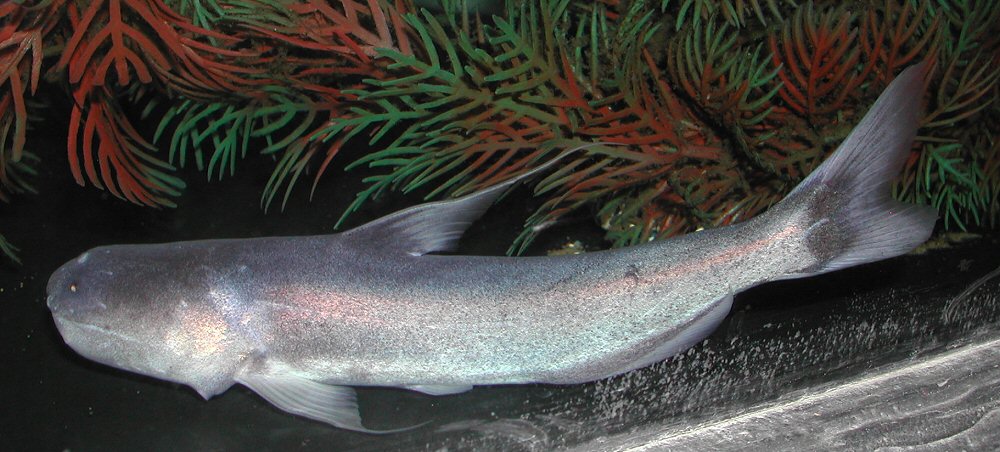
Cetopsidae: Whalelike Catfishes
These guys have 3 pairs of barbels total, and most lack the spines. All genera except one (Helogenes) have a highly reduced swimbladder in a bony capsule. Some species also have a layer of skin that covers their eyes, leaving those species blind.
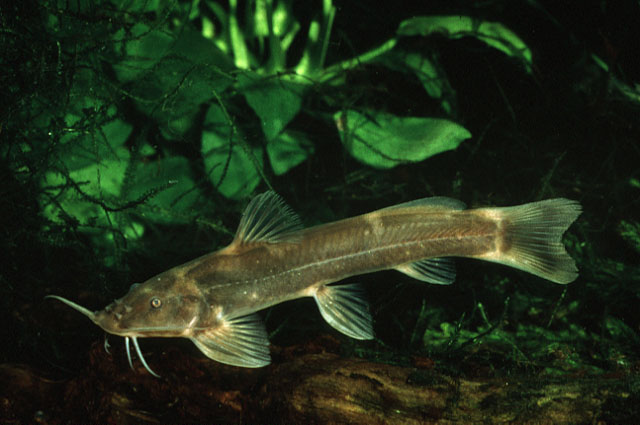
Amphiliidae: Loach Catfishes
The Loach Catfishes have three pairs of barbels, lacking the nasal pair. They also lack the fin spines, though they do have an adipose fin, along with large pectoral and ventral fins. They live in Africa, and latch onto rocks in the streams using their large lips.
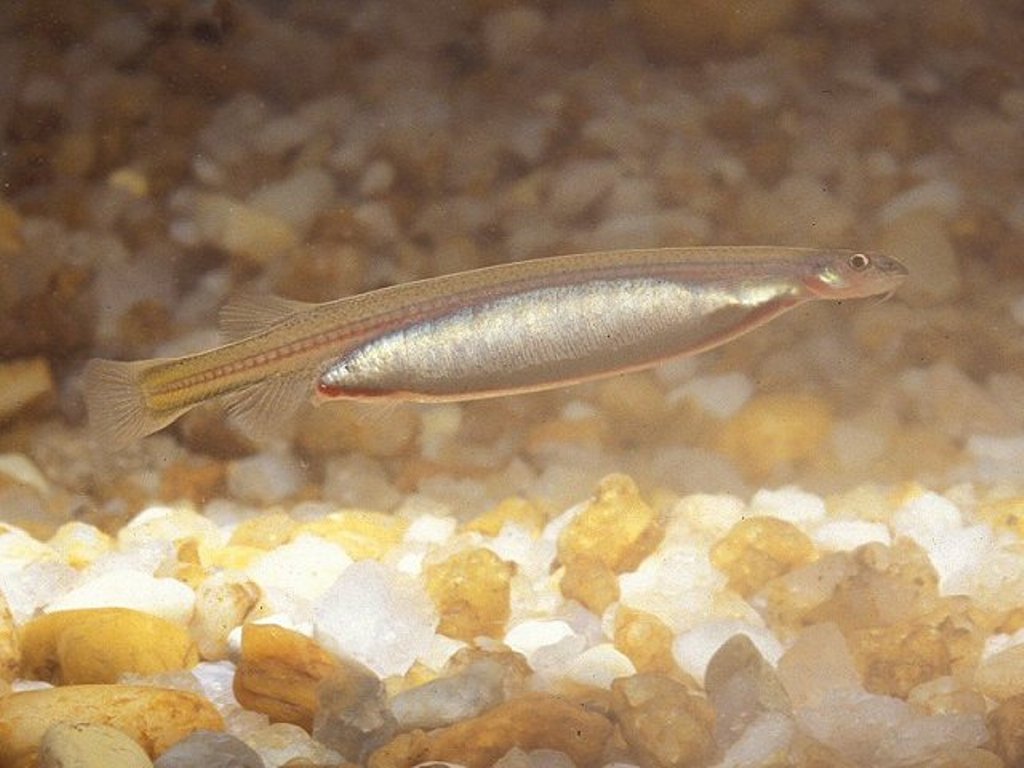
Trichomycteridae: Pencil Catfishes, Parasitic Catfishes
This family is a diverse group of small, elongate fishes, usually without adipose or pelvic fins. They also usually have 3 pairs of barbels, though numbers may differ depending on the species. They are one of the largest families of catfishes.
THE CANDIRU: One of the most famous species of catfishes is the Candiru, Vandellia cirrhosa. The legends say that if a man urinates into the water, the candiru can actually swim up the stream and penetrate into the urethra! First of all, it goes against gravity and fluid dynamics for a fish to swim up a stream, urine or otherwise. The candiru is known to normally feed by lodging itself in the gills of fish and feeding on their blood. It was thought that they found the gills by following the trail of urea diffused from the gills, but recent studies have shown that the candiru more likely hunts by visual methods. There has only been one true reported case of a candiru lodged in a urethra (in 1997) and there were some iffy bits to the story. However, it seems there have been a larger number of reports of a candiru lodging itself in the vaginal opening! I think I'll just avoid swimming in the Amazon all together, if that's okay...
Nematogenyidae: Mountain Catfish
In the mountainous regions of Chile, you will find the singular member of this family, Nematogenys inermis. It has three pairs of barbels, and no adipose fin or scales.
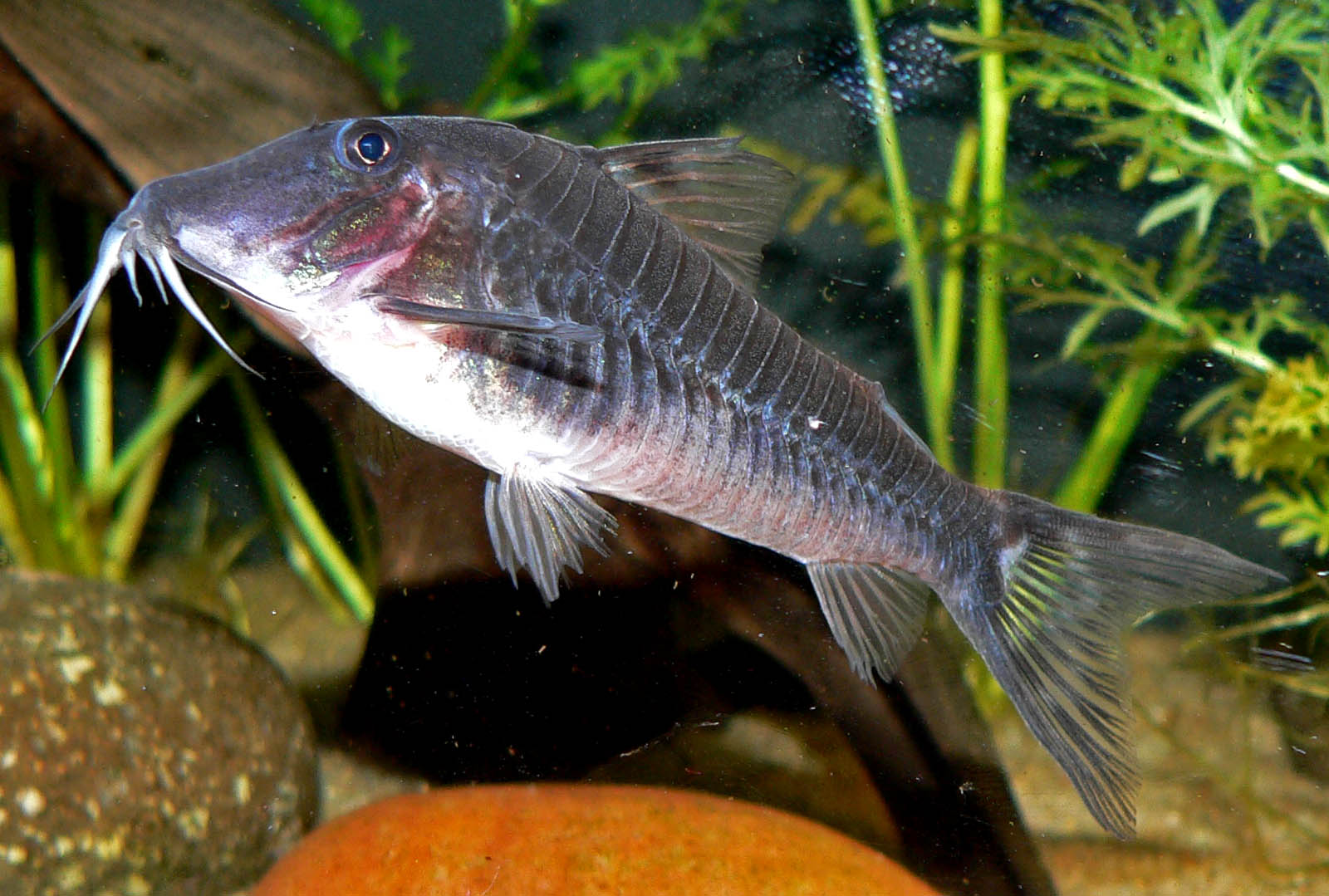
Callichthyidae: Callichthyid Armored Catfishes
The armored catfishes are recognizable because, well, they're covered in armor! More specifically, they have two rows of bony plates on each side of their body. They have a bunch of small barbels around their mouths, and also have an adipose fin. They also have strong spines on their dorsal, pectoral, and adipose fins. According to Nelson, they can even "move short distances on land by utilizing air in vascular hindgut." I'm pretty sure that means the travel by farting... This family includes Corydoras, the largest catfish genus. Some members of the species reproduce through sperm drinking (I kid you not). The female drinks the sperm of the male, passes it through her intestines, and uses it to fertilize her eggs. I'm not joking, look it up.
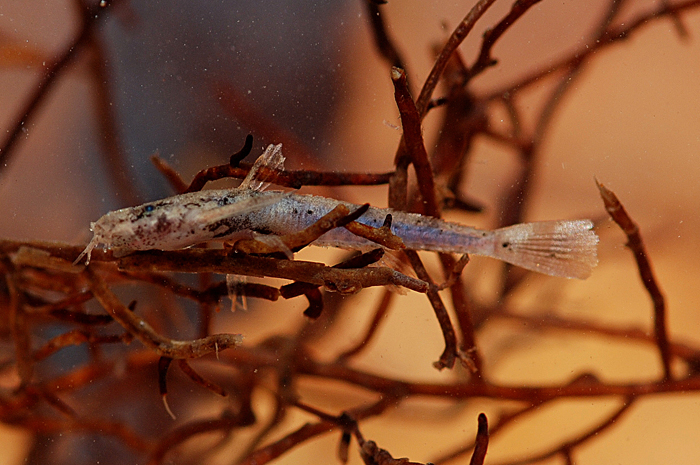
Scoloplacidae: Spiny Dwarf Catfishes
There is one genus, Scoloplax, with four species. This group is spiny because of the presence of odontodes (dermal teeth) all over the body. These teeth are especially prominent on the rostral plate, and there are smaller rows of teeth along the sides and ventral edge. They are tiny catfish, reaching only 20mm in length!
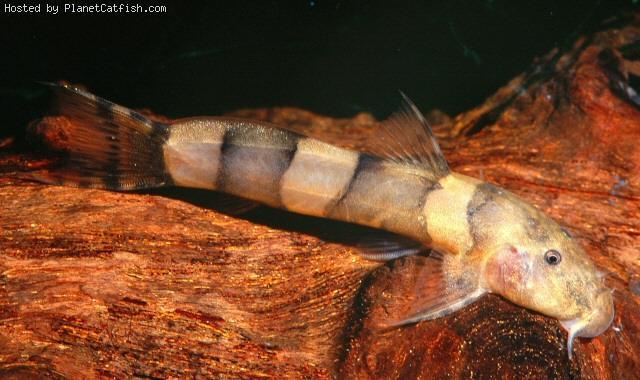
Astroblepidae: Climbing Catfishes
There is only one genus, Astroblepus, but it contains 54 species! This catfish gets its name from its ability to climb up waterfalls (not sure how that works...) It has two pairs of barbels, and unlike the related families, there is no locking mechanism for the dorsal spine.
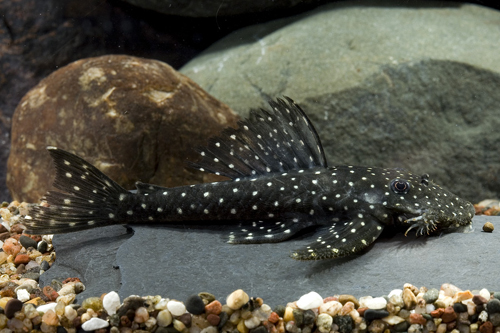
Loricariidae: Suckermouth Armored Catfishes
This is the largest family of catfishes, with over 680 species currently described. They, like the Callichthyids, have armored plates covering their body. They have a ventral sucker mouth with small barbels surrounding it. They are able to breathe, even while their mouth is suctioned to a surface! The Loricariids are also unusual among fishes by having an omega-shaped iris, as opposed to our circular irises.
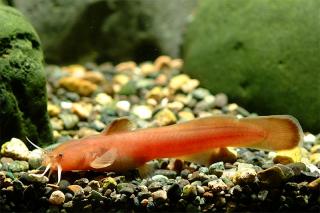
Amblycipitidae: Torrent Catfishes
This family retains all four pairs of barbels. They also have dorsal fins covered by thick skin. The adipose fin is present, and may be fused to the caudal fin. I am guessing they are called "torrent" catfishes because they live in fast-moving streams.

Akysidae: Stream Catfishes
This family is identified by a dorsal fin with a stout spine and short base. Many species have tubercles arranged in different patterns on the body that help identify the different species.
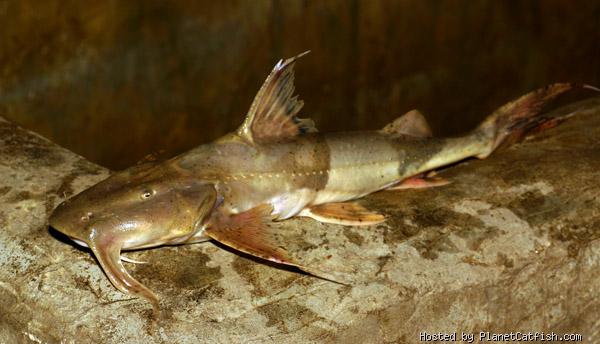
Sisoridae: Sisorid Catfishes
These fishes have four pairs of barbels and an adipose fin. Most members have an adhesive apparatus in the thoracic region or modified fins. This includes some of the larger catfishes, which can get up to 2m long.
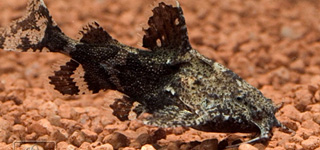
Erethistidae: Erethistid Catfishes
Once thought to be placed in Sisoridae, the Erethistids have now been moved to their own family. The main difference is in the pectoral girdle, which isn't too exciting.
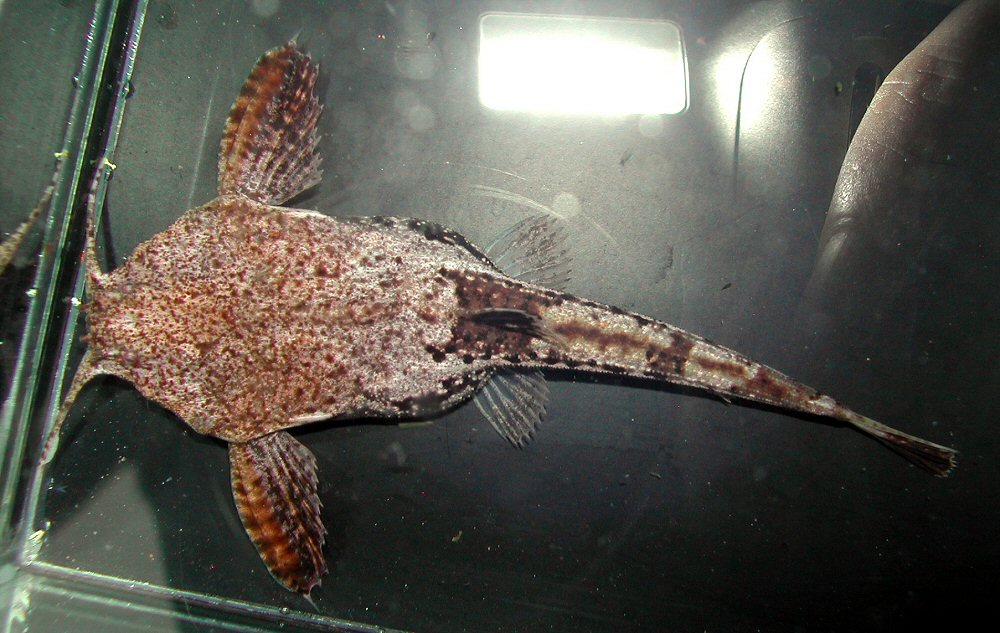
Aspredinidae: Bango Catfishes
This family was studied and organized by Professor John Friel, who taught my Fish Biology class at Cornell! These catfishes have compressed heads, rows of tubercles along their sides, and a slit instead of a gill flap. They get their name from their appearance, which looks like a banjo when seen from above.
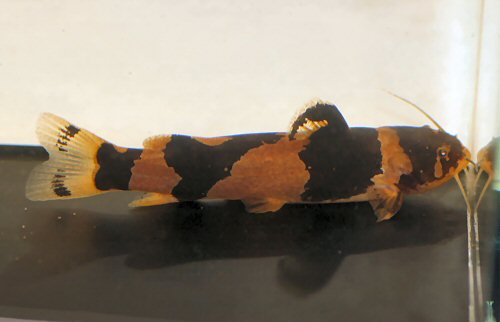
Pseudopimelodidae: Bumblebee Catfishes
A very talkative group of catfishes, they have big mouths but small eyes, along with short barbels. As you can see from the picture, they get their name from the similarity in coloration and pattern to bees.
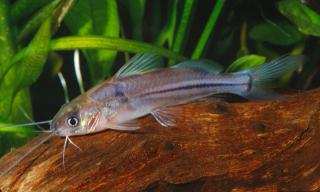
Heptapteridae: Heptapterids
This family is hard to differentiate from Pimelodidae, because they have the same characteristics for identification. They have a large adipose fin, 3 pairs of barbels, and a deeply forked tail.
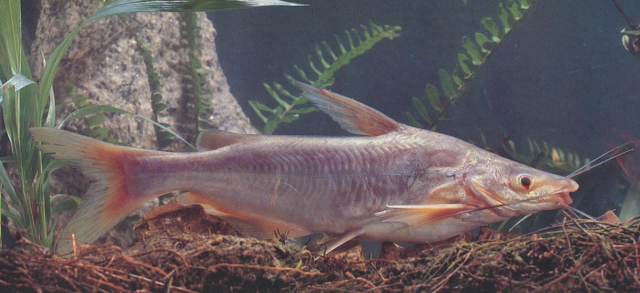
Cranoglanididae: Armorhead Catfishes
There is one genus, Cranoglanis. It gets its name from the rough bony plates on the top of its head. It has prominent dorsal and pectoral spines, a long anal fin, and large eyes (unusual for catfishes). It also has four pairs of barbels.
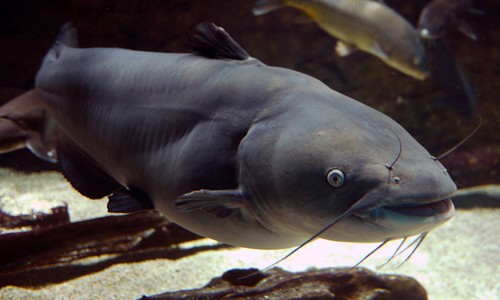
Ictaluridae: North American Catfishes
These catfishes have all four pairs of barbels, along with the dorsal and pectoral spines. For people living in the US, this is what they think of when they think about fishing for catfish. There are a couple species that live in caves, and as such are blind.
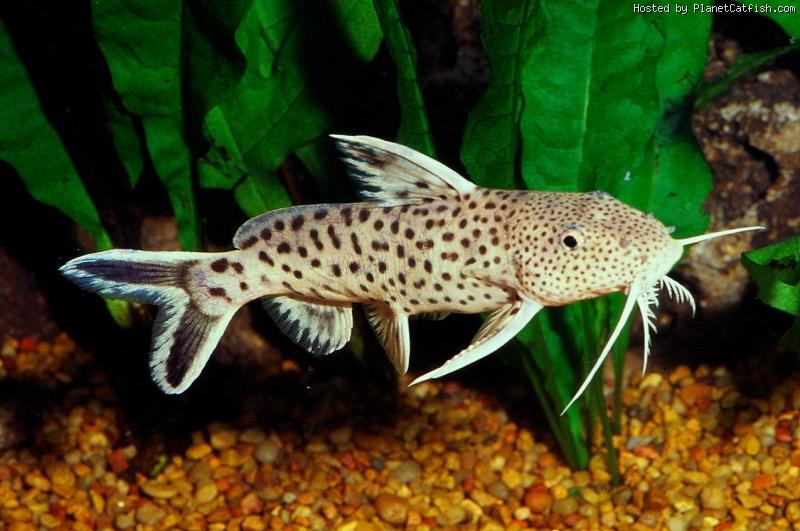
Mochokidae: Squeakers, Upside-Down Catfishes
This family has a long adipose fin, large dorsal and pectoral fins with locking spines, and three pairs of barbels (some that may be branched). The name comes from the feeding habits of some species, which swim upside-down, possibly to feed on the underside of logs or other vegetation.
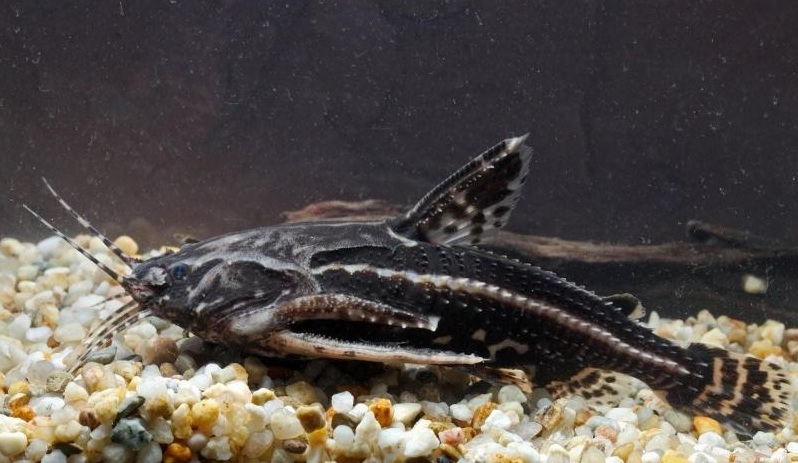
Doradidae: Thorny Catfishes
This family is characterized by the presence of bony plates along their sides, many that have spines (hence the name). They are known to produce sounds by moving the spine in their pectoral fins or vibrating their swimbladder.
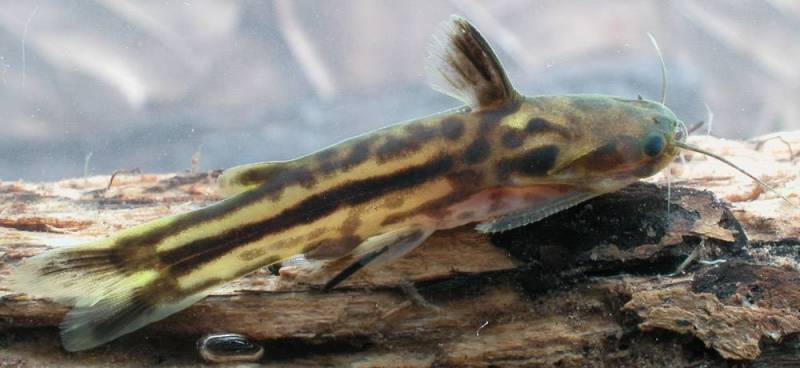
Auchenipteridae: Driftwood Catfishes
These fishes have three pairs of barbels, a small adipose fin, and strong spines in the dorsal and pectoral fins. They are noctural, and will hide during the day. The members of this family use internal fertilization, which is unusual for bony fishes.
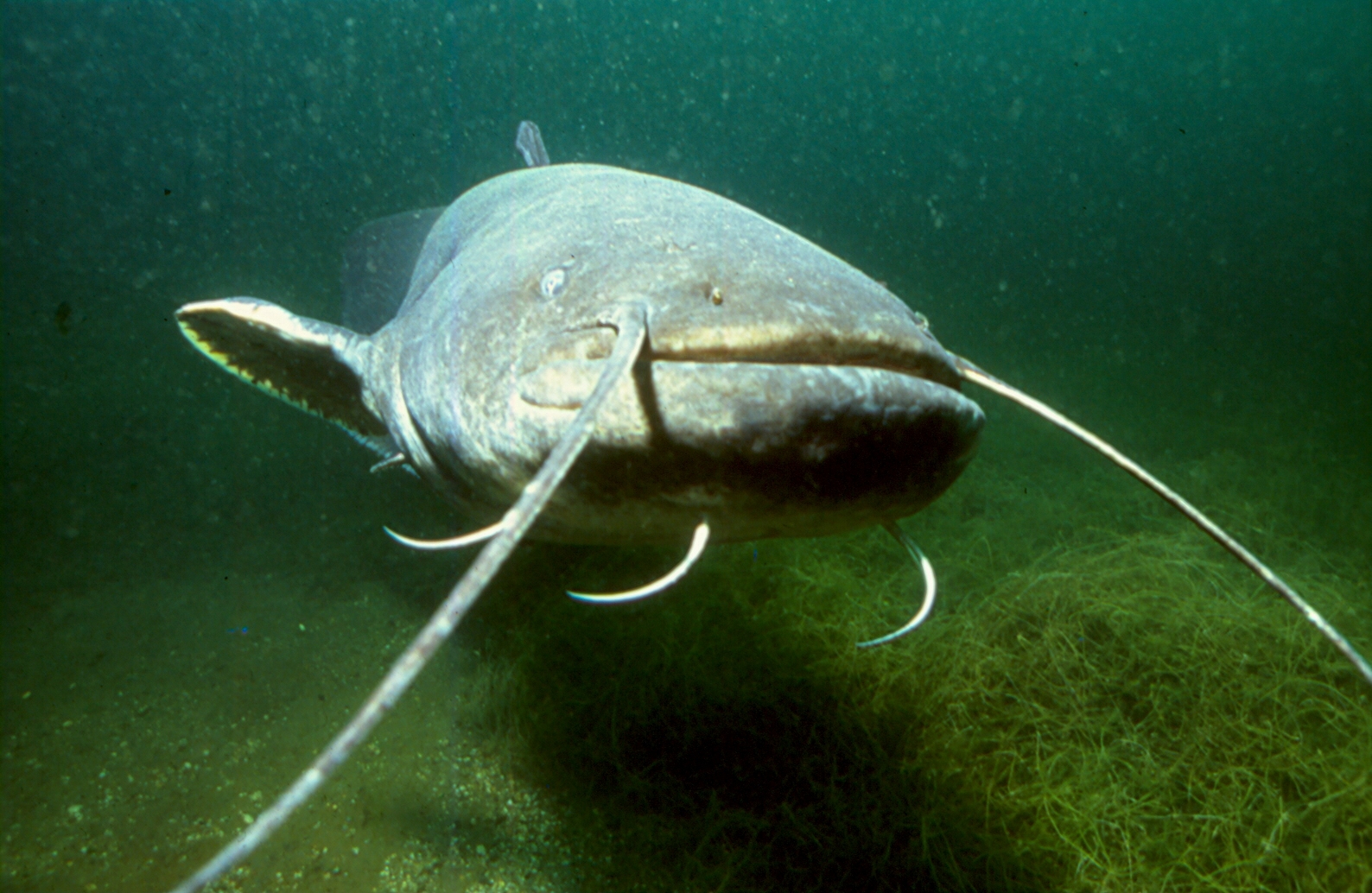
Dieter Florian / CC BY-SA 3.0 DE
Siluridae: Sheatfishes
This family of elongate catfishes has either reduced or absent fins. The exception to this rule is the extremely elongate anal fin, which stretches almost the length of the body and is known to have over 100 rays. This family contains the Wels, Silurus glanis, the largest member of the catfishes. It is found in Europe, and has been known to reach 5m and 330kg!
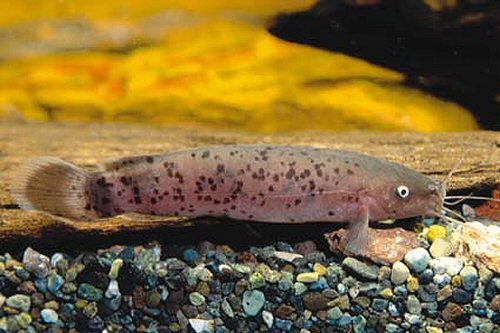
Malapteruridae: Electric Catfishes
This catfishes have electrogenic organs, derived from their musculature, which they use to capture prey. They lack dorsal fins, and all other fins are quite small. The swimbladder has an elongated posterior chamber, with either two or three chambers present.
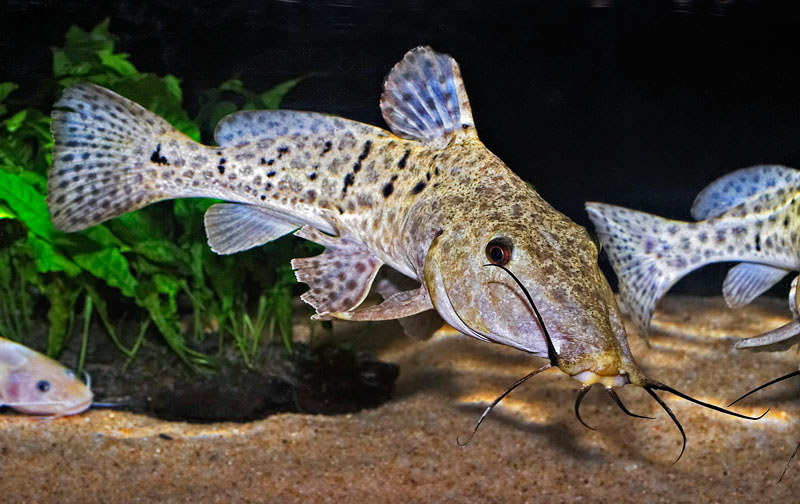
Auchenoglanididae: Auchenoglanidids
According to Nelson, this family has rounded caudal fins and unusually placed nostrils...whatever that means. The one pictured is known as the "giraffe fish" for its similar pattern and coloration.
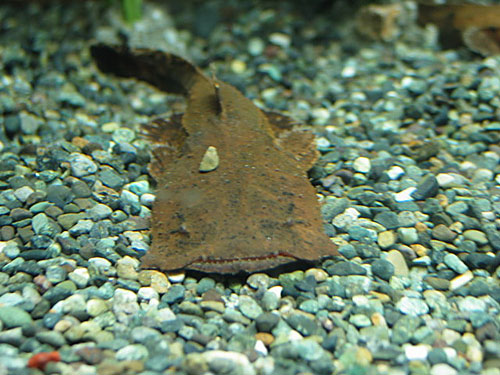
Chacidae: Squarehead, Angler, Frogmouth Catfishes
There is one genus, Chaca, with three species. This family is similarly shaped to monkfishes, having a flattened posterior region, depressed/flattened head, and using its barbels to attract prey. The scientific name comes from the sound that one of the species makes when removed from the water, which sounds like "chaca."
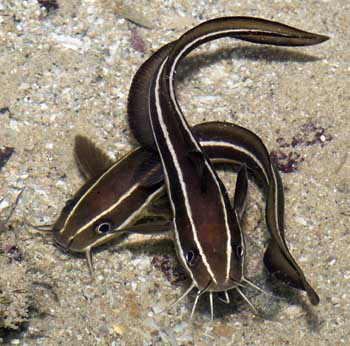
Plotosidae: Eeltail Catfishes
This family gets its name from the similar tail shape to eels. There are two dorsal fins, with the second fin connecting to the tapering caudal fin, which also connects to the anal fin on the ventral surface. There are venomous spines in the dorsal and pectoral fins, whose sting may be fatal in Plotosus lineatus, the Striped Eel Catfish.
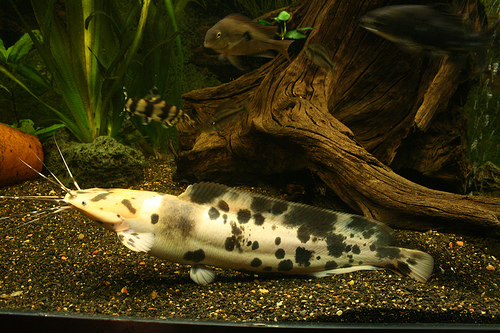
Clariidae: Airbreathing Catfishes
Quite the unusual family, they are externally characterized by an elongated body, complete with elongate dorsal and anal fins, which may connect to the caudal fin. The pectoral or pelvic fins may be absent, depending on the species. Internally, they get their name from the labyrinth organ in their gills, which allows them to breathe air. As that is not enough for these landlubber-wannabes, they also have the ability to travel short distances on land!
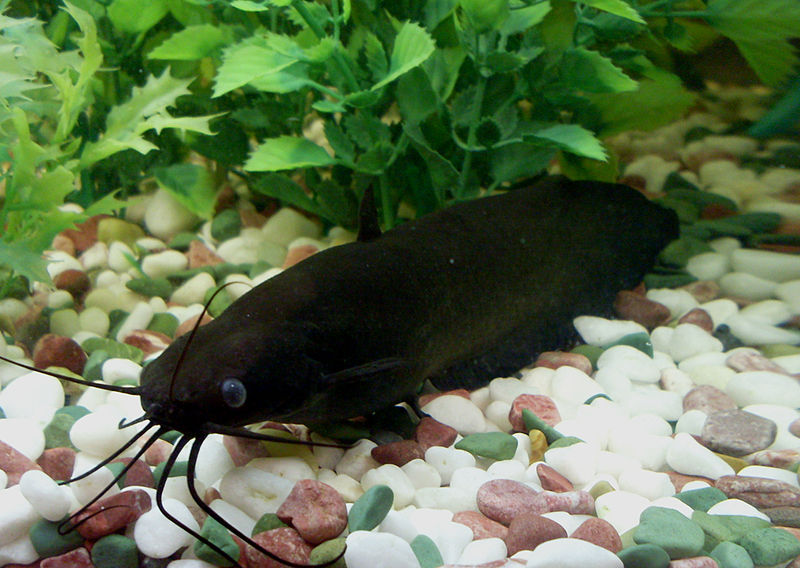
By Maxim Gavrilyuk (Own work) [CC BY-SA 3.0], via Wikimedia Commons
Heteropneustidae: Airsac Catfishes
There is one genus, Heteropneustes, with three species. This family has a similar body plan to Clariidae. Instead of a labyrinth organ, they have a long inflatable sac attached to the gills, which they can use as a lung. The pectoral spines are venomous, and can be dangerous to humans.
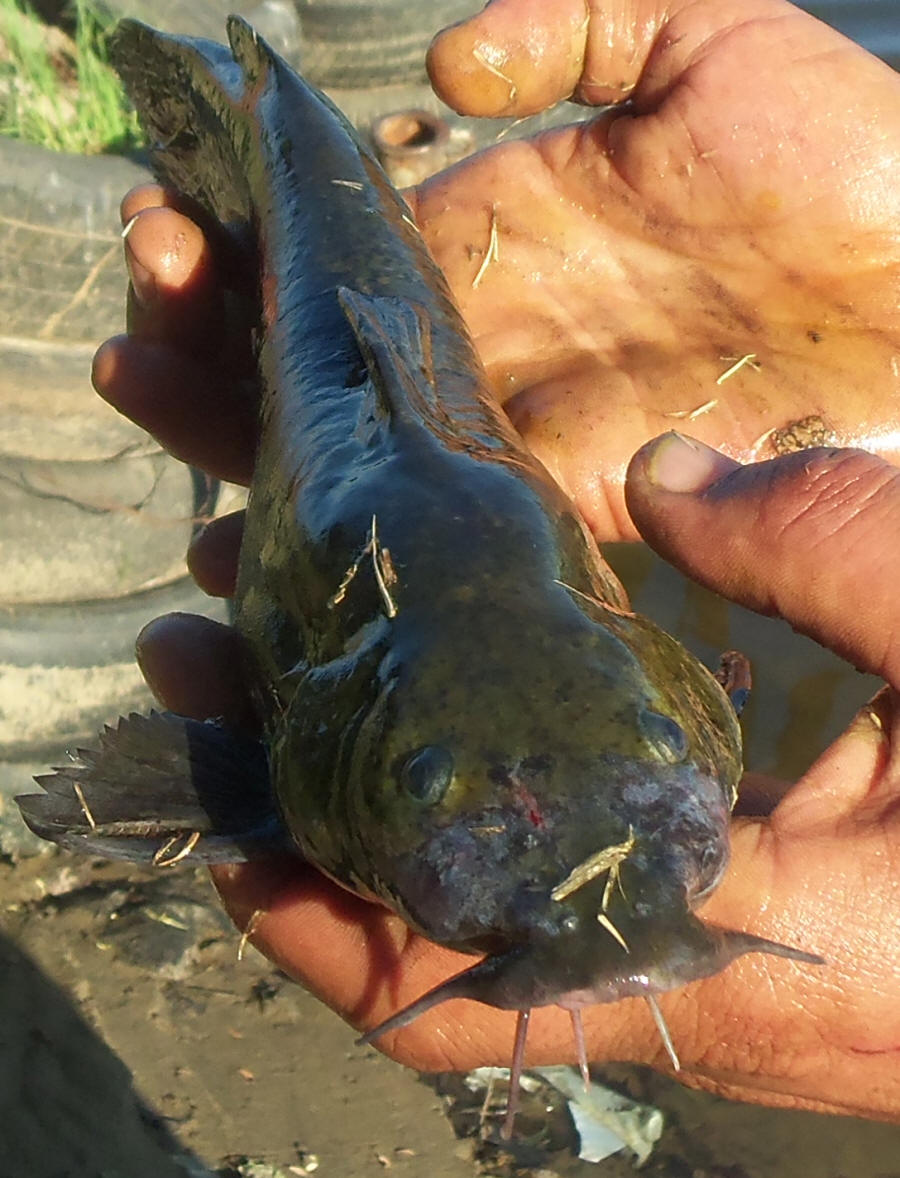
Austroglanididae: Austroglanidids
This none-too-exciting family has only one genus, Austroglanis. Its exciting features are three pairs of barbels, a small adipose fin, and
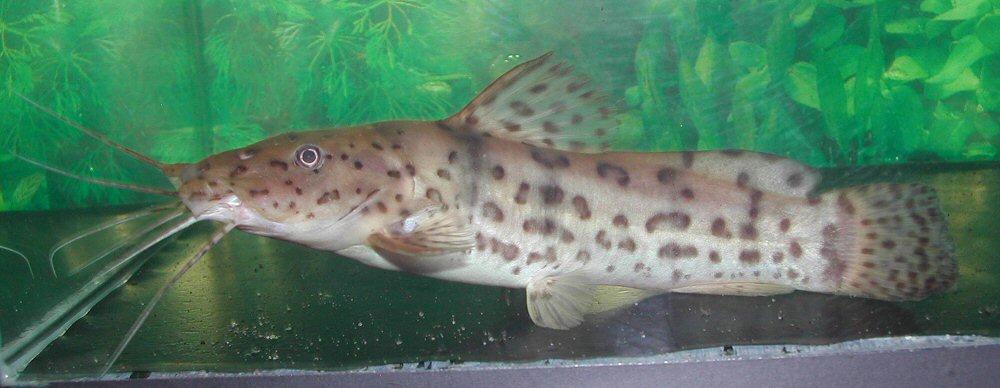
Claroteidae: Claroteids
This family has four pairs of barbels and an adipose fin, along with dorsal/pectoral spines (nothing new or exciting there).
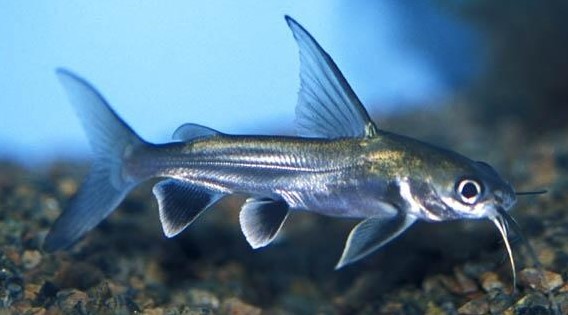
Ariidae: Sea Catfishes
This family has a deeply forked caudal fin and bony plates on the head. The male carries the (golfball sized!) eggs in his mouth until they hatch.
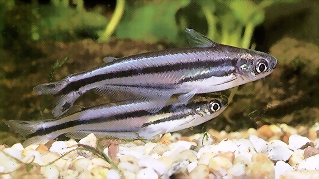
Schilbeidae: Schilbeid Catfishes
These fishes have very long anal fins, and will occasionally lack a dorsal, adipose, or pelvic fins. Most fishes have all four pairs of barbels.
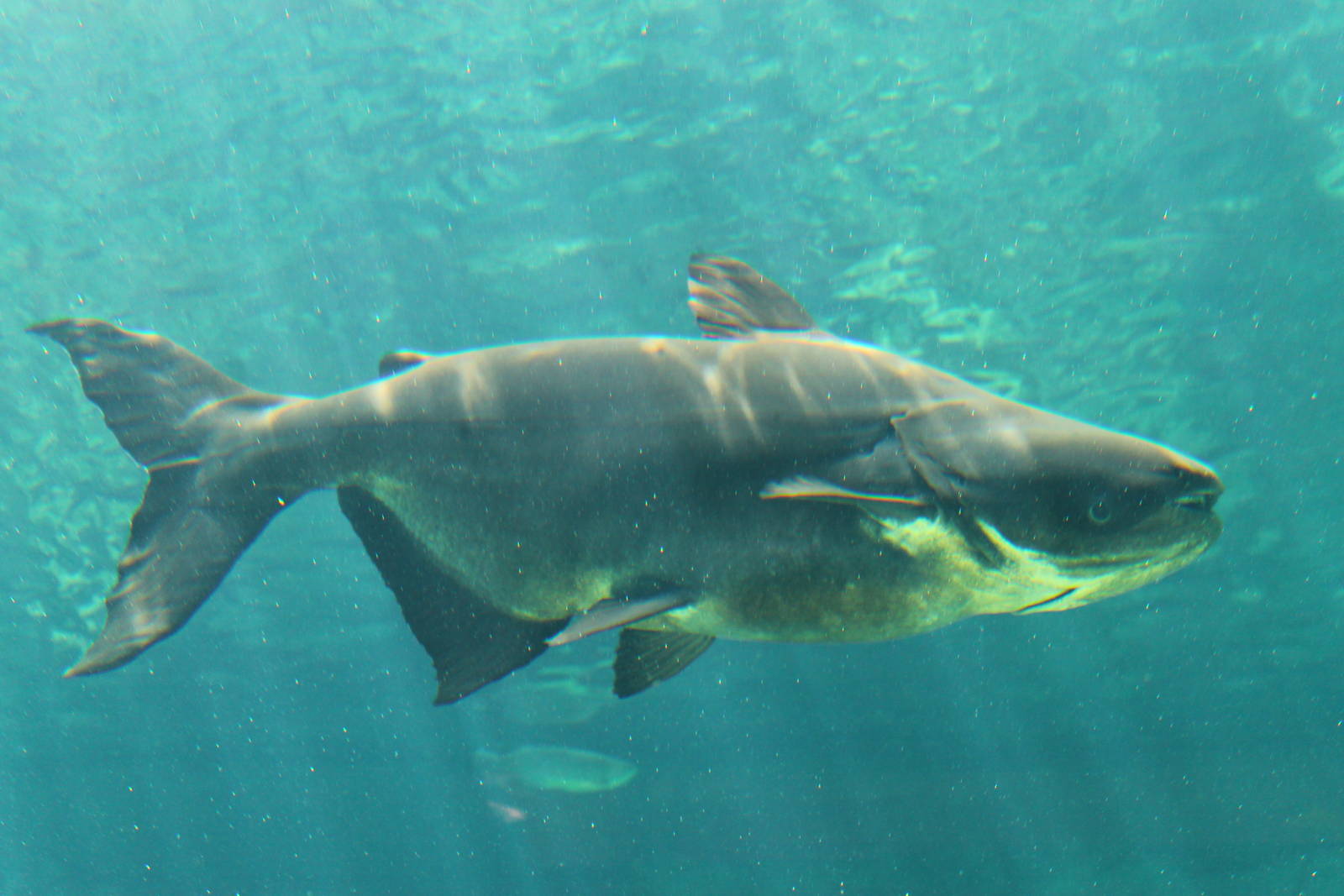
Pangasiidae: Shark Catfishes
This family has two pairs of barbels, a forward dorsal fin with prominent spine, and a tiny adipose fin. This family includes the Mekong Giant Catfish, Pangasianodon gigas, and the similarly sized Giant Pangasius, Pangasius sanitwongsei, which can reach over 3m and 300kg!
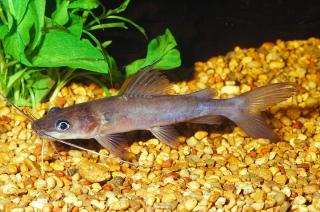
Bagridae: Bagrid Catfishes
Most fishes have four pairs of barbels, serrated pectoral fins, and a spined dorsal fin. The adipose fin usually has a long base. Many of the other families listed were originally thought to be members of Bagridae, and in the future it may continue to be separated into more families.
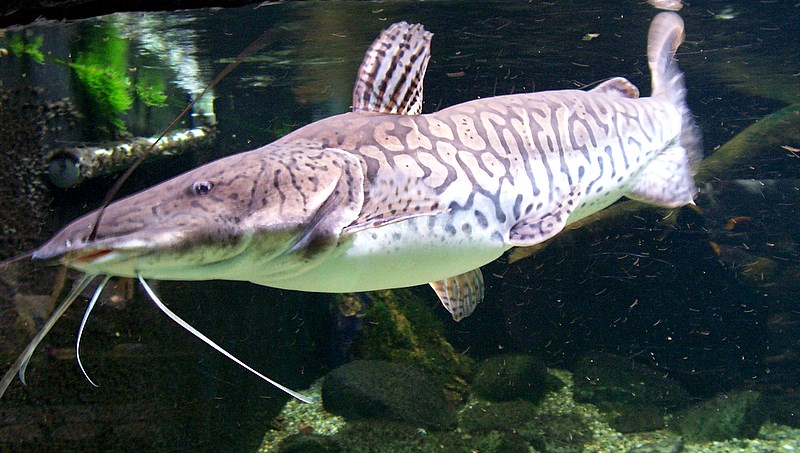
Pimelodidae: Long-Whiskered Catfishes
This family gets its name from the elongated barbels (usually 3 pairs) of many of its members. They can grow extremely large, such as the Pirabia, Brachyplatystoma filamentosum.